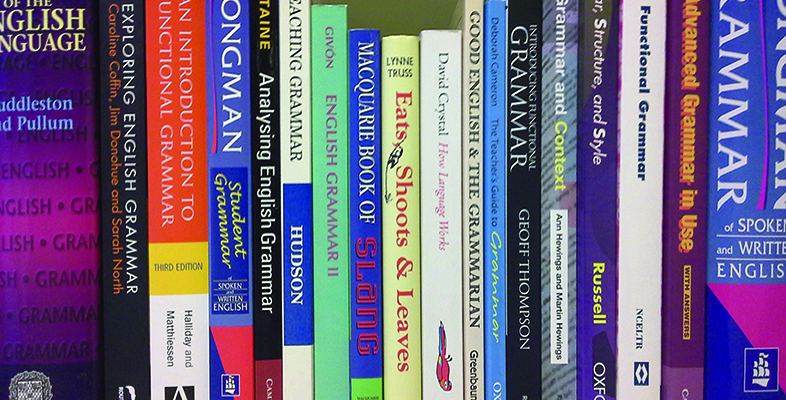3 Ideational meaning – talking about what’s going on
In this section we focus on the language used to convey the speaker or writer’s perspective on and experience of ‘what is happening’: what is known in SFL as ‘ideational meaning’. Whenever we talk about events, we represent them in a certain way. There are almost always other choices we could make in our language which would result in a different representation of events.
Take, for example, the event represented in this image. This could be expressed verbally in different ways, for example:
- A young woman is photographing her brother.
- A young man is posing for a photograph.
Here we can see a difference in lexical choices (brother as against young man for example) and also a difference in the way the grammatical pattern represents the experience. In Example 1 we have a process in which two participants are involved: one that does the action (the agent – the young woman) and one that is affected by the action (her brother). In the clause in Example 2 we have a different process involving only one participant: the agent (A young man). The man is represented in Example 1 as the participant who is ‘acted on’ and in Example 2 as the agent.
Another contrast between the two representations concerns the action itself. In Example 1, is photographing has the central place grammatically as the verb. In Example 2, is posing is the verb that has the central place and the action of photographing is merely implied in the extra detail (for a photograph). The point is not that one version is better or truer than another, but that the two versions create slightly different meanings: they make subtly different interpretations of the same ‘reality’. Every time we say or write something that makes sense we are transforming experience into a particular pattern, and every time we do this we are making meaning – but not the only possible meaning. Just as our choice of words contributes to meaning, so does our choice of how we pattern those words. This is fundamental to understanding why our use of both vocabulary and grammar together (known as the lexicogrammatical system) is so important and also why a functional approach helps to focus on meaning.

